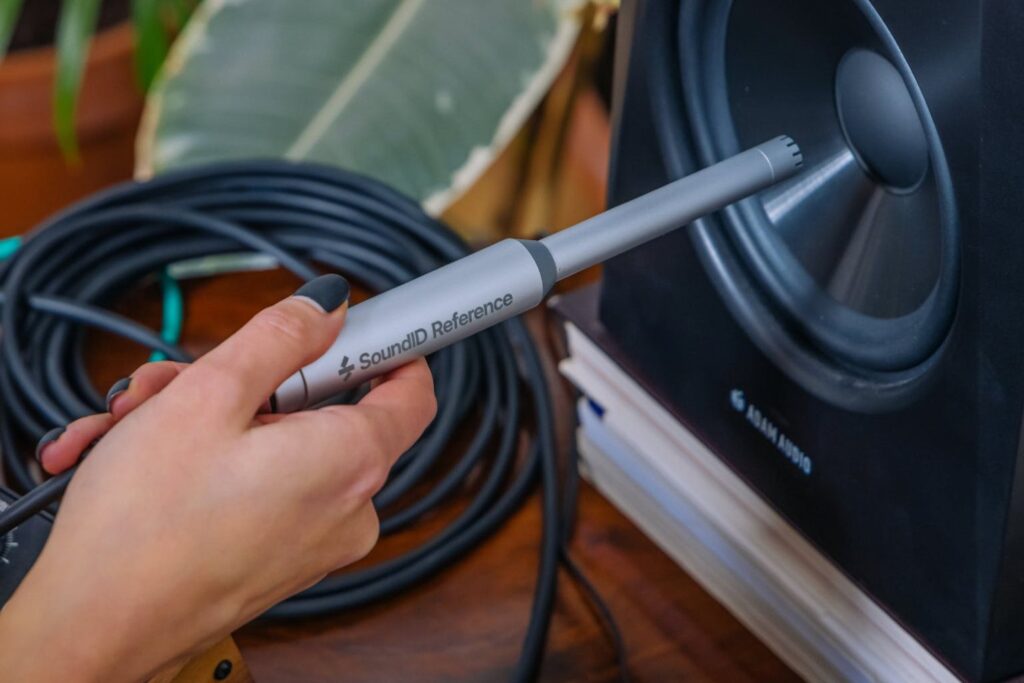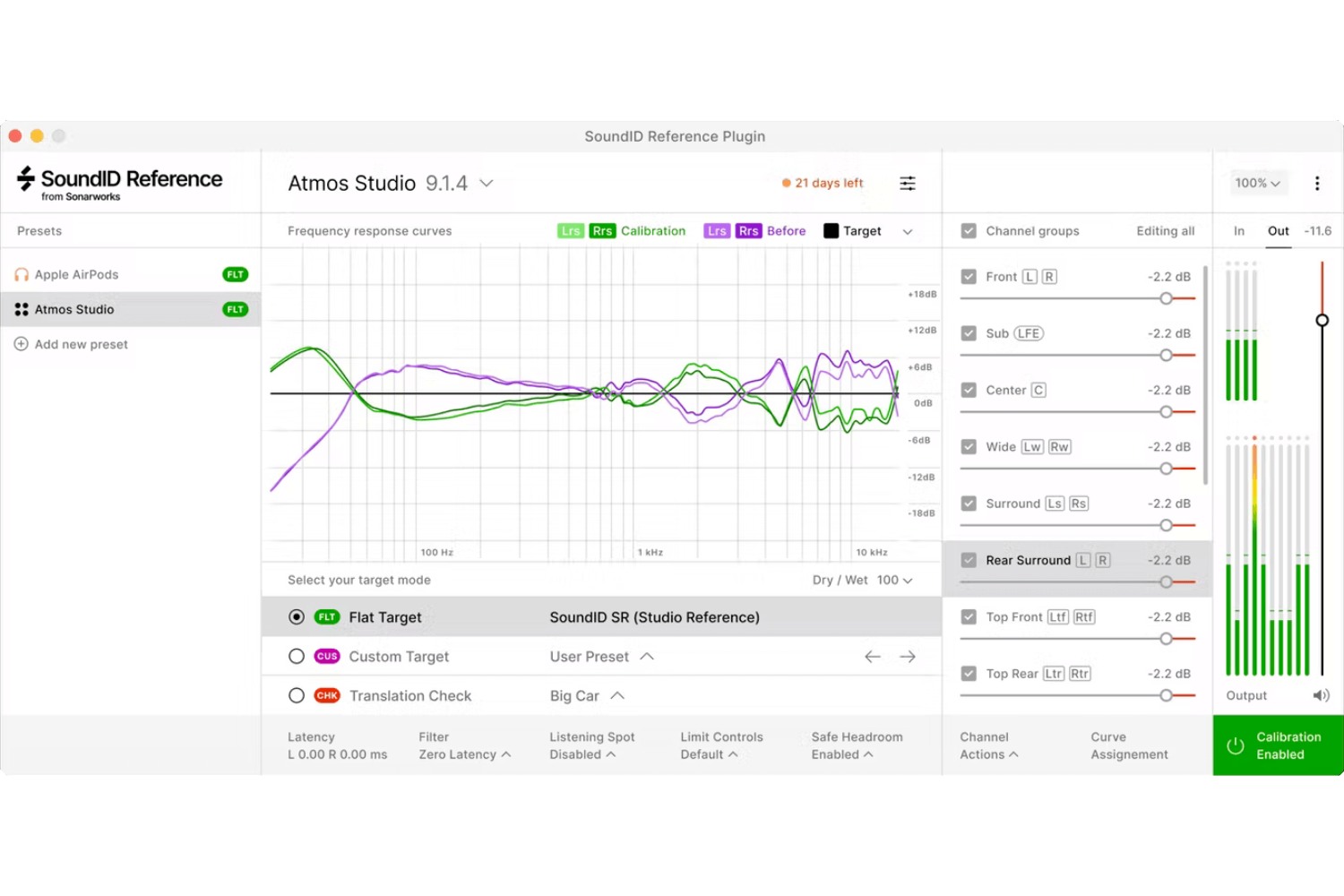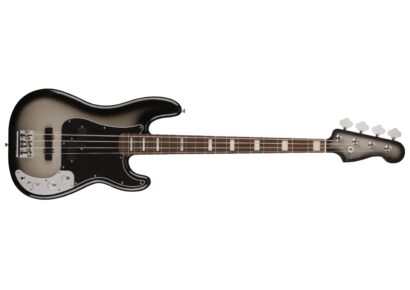Sonarworks Sound ID Reference for Multi Channel | Sonarworks | Enquire for Pricing
The fast paced and ever demanding world of music production is a stark contrast to that of even just 5 years ago. The rapid expansion into the immersive worlds music and gaming has further encouraged the need for creators and listeners alike to keep their fingers on the pulse, as one will quickly be left behind, as what was the latest and greatest gear for these formats today are quickly becoming obsolete with the pace at which this technology and format is evolving for tomorrow.
Read more gear reviews here.
As with the bedroom producer revolution, the immersive audio revolution in which we are well and truly in the depths of now, means that the delivery of high quality mixes specifically formatted for the immersive formats is ever increasing and is not just expected of the upper echelons of mix engineers, but also, our aforementioned bedroom producer/mixer friends too. But, as with stereo mixing in an untreated, less than acoustically ideal environment which houses an immersive speaker setup, delivering mixes with absolute confidence can be the bane of many engineers’ existence. Although not exactly new, back in 2021 when Sonarworks reworked their flagship software into what is now known as as Sound ID Reference, the company had indeed introduced a very powerful standalone app and DAW plugin, destined to change the game of mixing (and listening) of music for both its sophistication but moreover, its affordability compared to the vast majority of other options on the market. Of course since then the market has caught up with numerous other names getting their piece of the pie.
This year marks a very exciting time again for Sonarworks, as the Sound ID Reference family just got a whole lot more immersed, with the introduction of the multi-channel version of Sound ID Reference. As you might have already twigged, this is a giant leap forward in this already impressive software, making calibration of speakers in a large format Dolby ATMOS setup up to 9.1.6, intuitive, easy and lighting fast to set up. But the question is, does the new plugin live up to the expectation and truly follow in the footsteps of its slimmed down predecessor?
Having experienced first hand, the labour intensity of calibrating a very large ATMOS mix room using a standalone rack unit with an accompanying (rather clunky) app, I for one can appreciate how massive this multi channel version of Sound ID Reference could be.

For those who may have been off in in some far distant land and are not already familiar with what Sonarworks, Sound ID Reference in a nutshell compensates for the acoustical anomalies in a room (ideally not a completely untreated space) by measuring the response of the speakers within a given space. This is carried out by the user taking precise measurements in the room (37 for a simple stereo setup and a bunch more for a multi channel system), with a measurement microphone – the Sonarworks mic is of course recommended here for best results. The app very clearly directs each measurement position required in the room, so setup is insanely easy. Once all the measurements have been collected, Sound ID Reference then creates a calibration profile.
The new multi-channel version expands upon the standard version with each speaker within the system or calibration profile is presented with individual dB level and millisecond time adjustment in the system, for a comprehensive and thorough snapshot of each speaker in a multichannel system at a glance. This, once a whole profile is calibrated, ensures exact time and phase alignment of all speakers in the system, so when sitting in the mix position, everything is compensated for and firing together accordingly. This is pretty phenomenal stuff given the amount of calculations this requires for even a small sized ATMOS system, all whilst creating a flat response sound profile, it’s genuinely mind boggling.
The setup of a new calibration profile is lightning fast, with a long list of multi channel setups to quickly select from. Much like the stereo version, setting input levels, locating listening position and measuring speaker distances is straightforward and easy. I must point out though, at this stage the multi channel profile can only be run as a plugin within DAW land, which isn’t super smooth in Pro Tools currently, but easier in Logic Pro. Alternatively, a profile can be exported to supported studio monitors and/or hardware interfaces, but at this stage the latter is still a little clunky, but nothing a bit of manual data entry can’t fix. Hopefully a system wide version will be available later in 2023 in the standalone app, so watch this space.
The flexibility and customizability of the app as a whole is definitely something many will find intriguing and very useful, with the ability to tweak a calibration profile setting as a whole, setting and adjusting custom targets, referencing curves such as Dolby Atmos Music, adjust individual speakers or even groups of speakers together (same Main LR, centre and LFE all together, or just the ceiling speaker group) is so helpful. The wet/dry panner is also great for fine tuning a blend between the selected curve and the disabled profile, if going 100 % wet isn’t feeling right in your setup.
The three different filter types are great for further fine tuning of the system and can be easily swapped over depending on work flow, whether it be live tracking (zero latency is ideal for this) through to mixing (mixed or linear phase setting are good for this).
For those already using Sound ID Reference – I need not preach to the converted. This sophisticated software and wildly complex algorithms do an enormous amount of work, but present it in such an incredibly easy to use app and plugin, it sometimes seems a little too good to be true, particularly at its price point. But, from my experience and testing of the new app and plugin, it really does do what it says it does, which is mighty impressive indeed. I was pleasantly surprised to hear how my room tightened up and I was able to hear elements in mixes that had previously been masked or otherwise unclear before. With some tweaking and ironing out of some kinks for compatibility, the new multi-channel version of Sound ID Reference is a no-brainer for those working in multi-channel setups regardless of the size or project.
For more info, visit Sonarworks.

